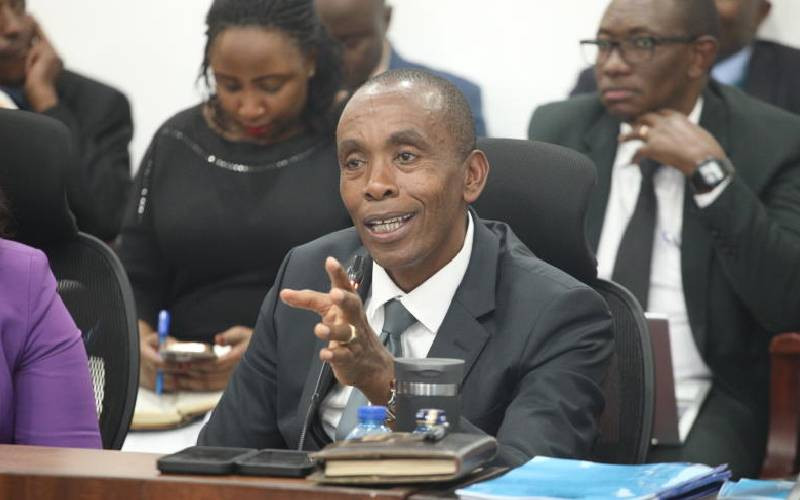
Kiambu County Government has digitised all its services by introducing an advanced Enterprise Resource Planning (ERP) system.
In a bold move to modernise service delivery and enhance accountability, this technological overhaul has seen improved service delivery and enhanced the locally sourced revenue by over Sh1billion in just one year.
Since its rollout last year, the ERP system has significantly transformed service provision.
According to Chief Officer for ICT Jacqueline Kimani, the already automated services include health services through the Hospital Information Management System (HMIS), revenue management and reporting, with unified trading licenses, market, cess, parking, slaughterhouse charges and liquor licenses.
According to the Chief Officer, the system also features human resources management, fleet management, land management, a development and building approval module, land surveying, and geoinformatics.
“This is a holistic system that seeks to automate all the county services, and once all the modules are in place, it will lead to the establishment of a Citizen Portal where people will access all services online in a portal akin to E-Citizen,” she said.
Kimani said the turnaround time for various county services has improved dramatically, allowing residents to access critical services faster and more conveniently.
The revenue management module automates and tracks all revenue streams, ensuring transparency and accountability.
It has seen the county increase its own source revenue collection to Sh4.6 billion, up from Sh3.5 billion, without increasing fees and levies, as reported by the Controller of Budget in the 2023/2024 financial year.
“The application is used by field officers involved in various revenue collection operations within the county, as it provides a simple, highly optimized way of issuing services to the citizens. It also allows for issuing various receipts, permits and certificates,” she said.
She added: “It ensures efficiency in the issuance of digital receipts, permits and certificates on the spot via the integrated printer, ensuring immediate proof of payment, thus reducing manual paperwork and supporting the Mpesa payment method with Mpesa prompts for convenient citizen transactions.”
Further, it facilitates real-time transaction recording and synchronization with the ERP, providing accurate and up-to-date revenue data.
Last year, while appearing before the Senate Public Accounts Committee, Governor Kimani Wamatangi told senators that the county may have lost over Sh10 million in ten years after three firms, contracted by his predecessors, allegedly interfered with revenue collection systems, resulting in significant financial losses.
Governor Wamatangi disclosed that the firms allegedly signed opaque agreements with the county, resulting in the county not owning the systems it paid for.
Stay informed. Subscribe to our newsletter
“The systems were not intended to help the county collect revenue but to help the owners siphon money. That is my conviction,” he said.
He further revealed that the systems were deliberately calibrated to provide inaccurate results.
“We tested the system at Thika slaughterhouse with a Sh20,000 transaction. The system only reported Sh16,000 after a six-hour delay,” he asserted.
The hospital management and Information module digitises patient records, hospital billing and resource management, thereby improving healthcare service delivery.